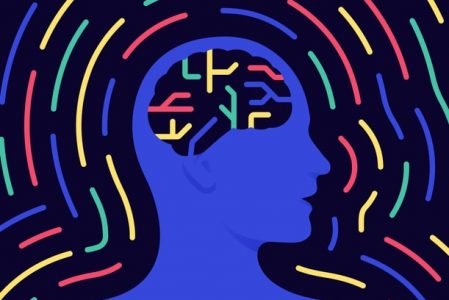
Career Guidance
Your roadmap to achieve career goals and get professional success. Accelerate your career by making the right career choices.
Career Guidance
Your roadmap to achieve career goals and get professional success. Accelerate your career by making the right career choices.
Explore by category
Earn for every question solved
The End to All Career Problems
A student’s life is complicated. Right from choosing the best career path to getting their dream job, every step requires taking diligent decisions. Therefore, guidance from industry experts can help students set realistic career goals and achieve them on time.
Career guidance not only directs a person towards their dreams and aspirations but also provides end-to-end support in all career-related decisions to minimize the risk of regrets or failure.
As per a survey by Statista, in December 2021, only 45% of Indian employees were satisfied with their current jobs. This shows that 55% of unsatisfied people were looking for opportunities for a job change, career transition, higher studies, or maybe even a business opportunity. We have solutions for all.
Consider a case where an IT Professional with 5 years of work experience wants to make a career move. However, switching career paths can be a destructive decision if it is not well-planned.
Our day-to-day career decisions can make massive changes in our life, whether we are a student or working professional. The right career advice can help you make informed decisions and ultimately lead to greater job satisfaction and professional success.
There are various career-related activities that one needs guidance with, for example, choosing the right course, navigating through job searches and interviews, writing a resume or cover letter, and learning functional life skills. All these activities are interrelated and can alter your future.
We have exclusive tips from career experts to help you become proactive in planning every career move from course selection to job search. At every stage of your career, we help you navigate your career path and professional life to achieve the best results.



